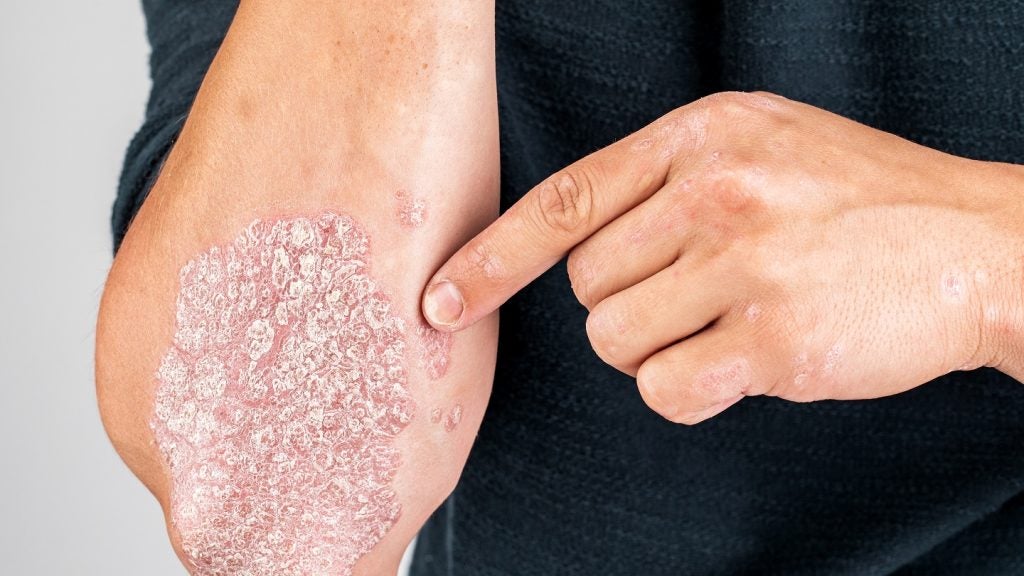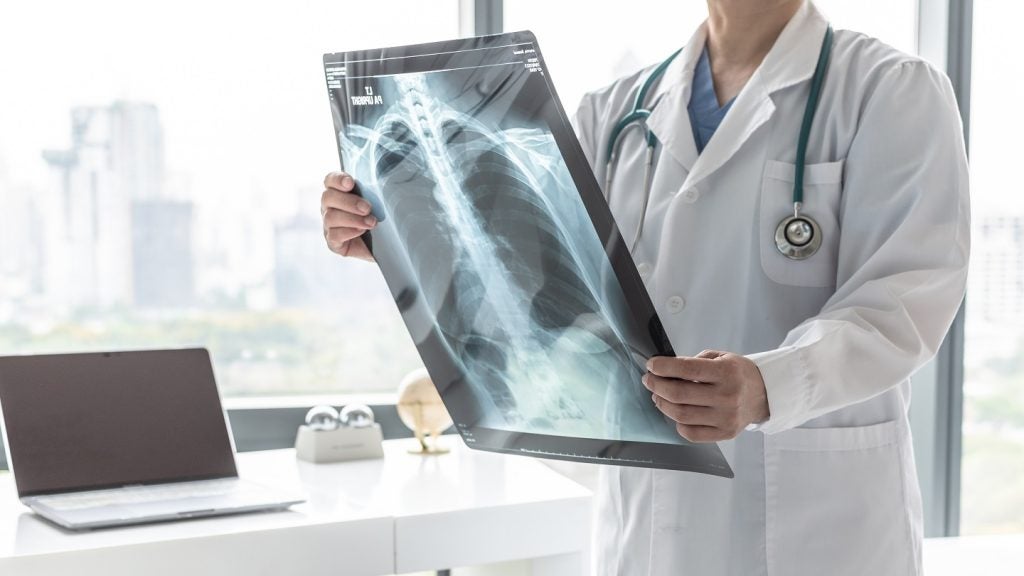Anteris Technologies is continuing the investigation of its DurAVR transcatheter heart valve (THV) in patients with aortic stenosis, adding to successful studies in Europe with an early feasibility study in the US.
Dr Azeem Latib, the study’s national principal investigator, implanted in patients what the Australian medical device company says is the world’s only biomimetic, single-piece transcatheter aortic valve.
In a statement by Anteris, Dr Latib said: “Having previously travelled to Europe with Anteris to implant patients with DurAVR THV, I am delighted to note that the post-procedure patient outcomes seen in US patients at my centre corroborate with data reported from previous cohorts.
“The ability to use this device with such excellent hemodynamic results, as well as ease of use, is incredible progress in the treatment of patients with severe aortic stenosis. We look forward to many more cases in the near future.”
As per a ClinicalTrials.gov entry, the early feasibility study (NCT05712161) is estimated to enrol 15 patients with severe native aortic stenosis in centres across six US states. The primary endpoint of the study will be the rate of mortality or disabling stroke at 30 days. Technical success of the device will also be measured immediately post-procedure.
The device, made from a single piece of bioengineered tissue with anti-calcification properties, is implanted using Anteris’ ComASUR delivery system.
Anteris’ CEO Wayne Paterson said in a statement that the study is another step closer to the device’s commercialisation in the US, with the company seeking US Food and Drug Administration (FDA) approval.
A market model by GlobalData indicates that the transcatheter aortic valve replacement market is currently worth $6.2bn. The market is expected to soar to a value of nearly $19bn by 2033, with aortic stenosis prevalence increasing significantly.















